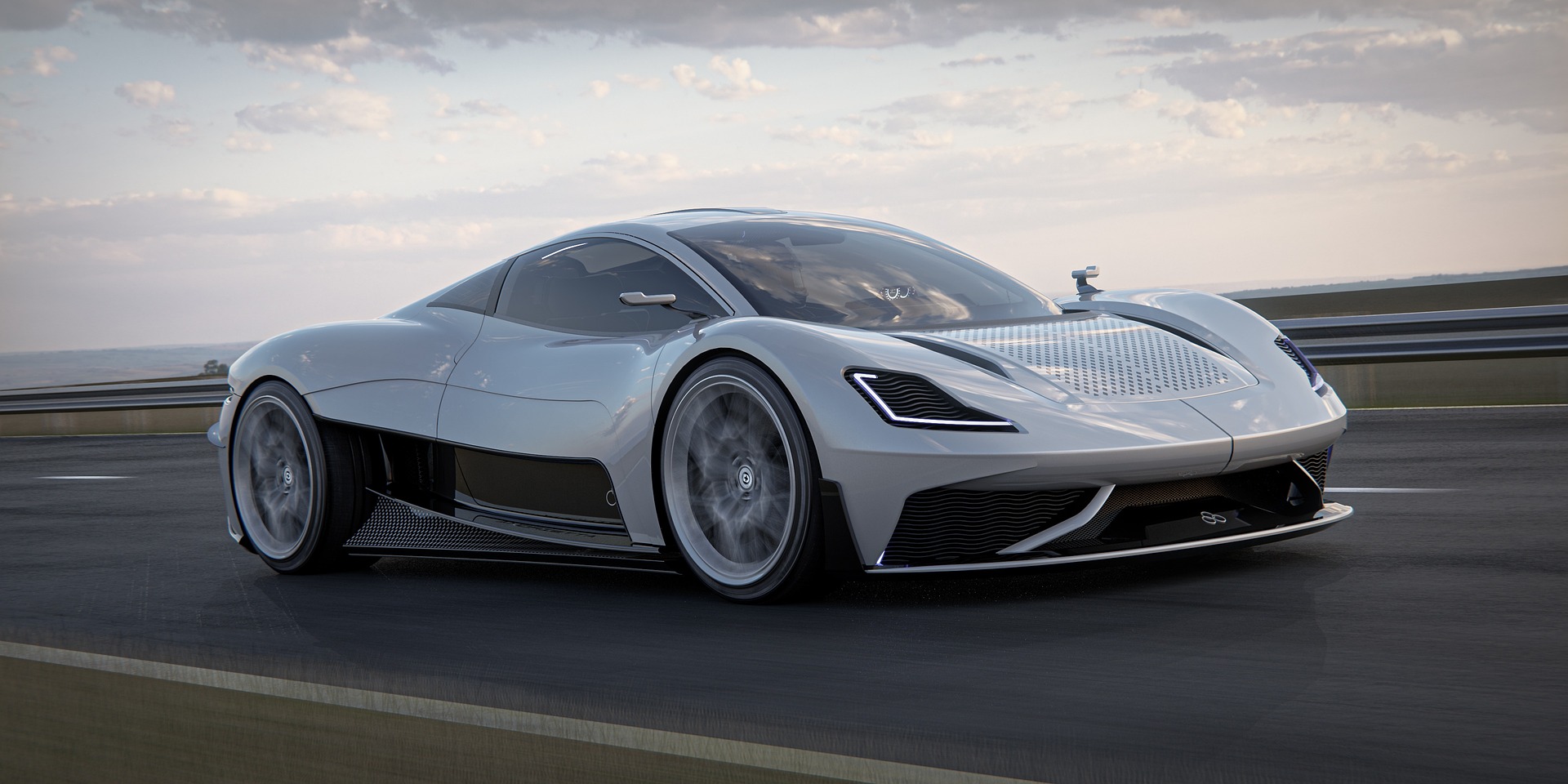Decoding Hydrogen Fuel Cell Vehicles: The Future of Transportation?
Imagine zipping down the highway in a car that only emits water as exhaust. This is not a scene from a futuristic sci-fi movie, but a reality unfolding before our eyes with hydrogen fuel cell vehicles. These cars are a promising, yet under-explored area of automotive technology. This article will delve into the history, current trends, and potential implications of hydrogen fuel cell vehicles.

Back to the Basics: Understanding Hydrogen Fuel Cell Vehicles
Hydrogen fuel cell vehicles, or HFCVs, are a type of vehicle that uses hydrogen gas to power an electric motor. Unlike conventional vehicles, which run on gasoline or diesel, HFCVs combine hydrogen stored in a tank with oxygen from the air to produce electricity. The only by-product of this process is water vapor, making HFCVs a zero-emission vehicle.
The concept of fuel cells isn’t new. In fact, it dates back to 1838 when Sir William Grove, a British scientist, invented the first fuel cell, termed a “gas voltaic battery.” However, it wasn’t until the mid-20th century that fuel cells were used for practical applications, like powering NASA’s Apollo spacecraft.
The State of Play: Current Trends in HFCVs
Despite their potential, HFCVs have had a slow start. A few factors have contributed to this. First, the production of hydrogen is energy-intensive and often relies on natural gas, undermining the environmental benefits of HFCVs. Second, hydrogen storage and distribution present logistical challenges. Lastly, there’s a lack of infrastructure, like refuelling stations, which limits the practicality of owning an HFCV.
However, recent advancements are beginning to turn the tide. For instance, green hydrogen production—using renewable energy to produce hydrogen from water—is becoming more feasible. Moreover, automakers are investing in creating more efficient and affordable fuel cell systems.
The Impact: Pros and Cons of HFCVs
HFCVs present several advantages. They offer a longer range and faster refuelling times compared to electric vehicles, making them a more practical option for many drivers. Moreover, they produce zero tailpipe emissions, contributing to cleaner air.
However, HFCVs also face significant challenges. The production, storage, and distribution of hydrogen are complex and costly. There’s also the issue of infrastructure: there simply aren’t enough hydrogen refuelling stations to make HFCVs a viable option for most people yet.
The Road Ahead: Future Implications of HFCVs
The future of HFCVs hinges on overcoming these challenges. Green hydrogen production needs to become more efficient and affordable. Infrastructure for hydrogen refuelling needs to be developed. And the vehicles themselves need to become more cost-competitive.
The good news is, progress is being made on all fronts. As technology advances and the push for clean energy grows, hydrogen fuel cell vehicles could play a significant role in the future of transportation. Only time will tell if they will rise to the occasion.
In conclusion, hydrogen fuel cell vehicles are an exciting area of automotive technology. While they face significant hurdles, their potential to revolutionize the transportation sector is undeniable. As we move towards a more sustainable future, HFCVs could very well be a part of the solution.






